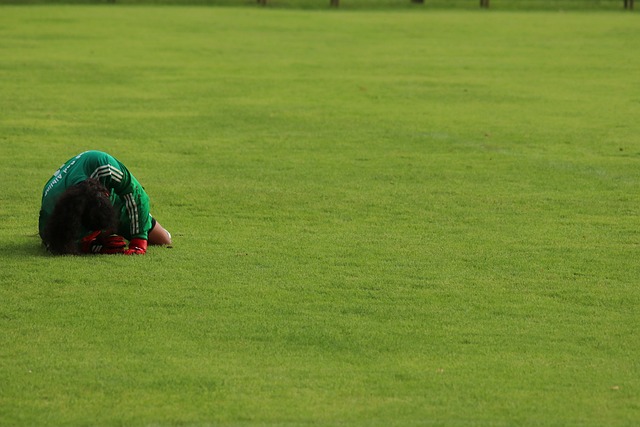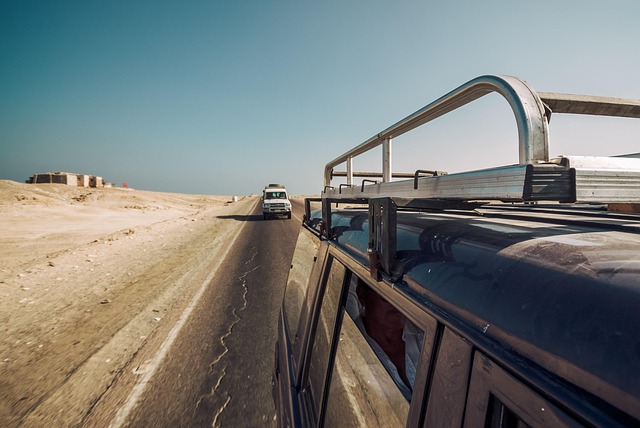Slip and fall negligence cases involve individuals seeking compensation for injuries caused by property owners' unsafe premises. To prove liability, plaintiffs must show a hazardous condition, owner knowledge or constructive knowledge, failure to mitigate risk, and resulting injury. Key evidence includes witness statements, medical records, and photographs. Success depends on documenting incident details, gathering robust evidence, preserving it properly, and engaging a specialized accident attorney, especially in real estate litigation.
In slip and fall negligence cases, presenting compelling evidence is crucial for winning compensation. Understanding these legal nuances is vital to navigating a successful claim. This article delves into the essential elements of slip and fall negligence, detailing the types of evidence needed to prove liability. From documenting physical evidence to gathering witness testimonies, you’ll learn how to gather and present a strong case that underscores the negligence of the property owner.
- Understanding Slip and Fall Negligence Cases
- Types of Evidence Required to Prove Negligence
- Gathering and Presenting Compelling Evidence
Understanding Slip and Fall Negligence Cases
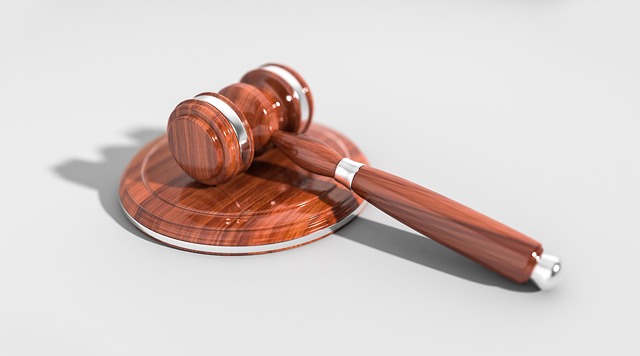
Slip and fall negligence cases are legal disputes that arise when an individual suffers injuries due to a property owner’s failure to maintain their premises in a safe condition. These incidents can occur on various surfaces, from slick floors in public buildings to uneven sidewalks or potholes in outdoor spaces. Understanding the nuances of these cases is crucial for both plaintiffs seeking compensation and defendants aiming to defend against allegations.
In any slip and fall negligence case, several key elements must be established to prove liability. This includes demonstrating that there was a hazardous condition on the property, the property owner had actual or constructive knowledge of this hazard, and the owner failed to take reasonable steps to mitigate the risk, ultimately leading to the plaintiff’s injury. Evidence such as witness statements, medical records, and photographs of the accident scene play vital roles in these cases, often shaping the outcome in business litigation, nursing home neglect, or homeowner insurance claims.
Types of Evidence Required to Prove Negligence
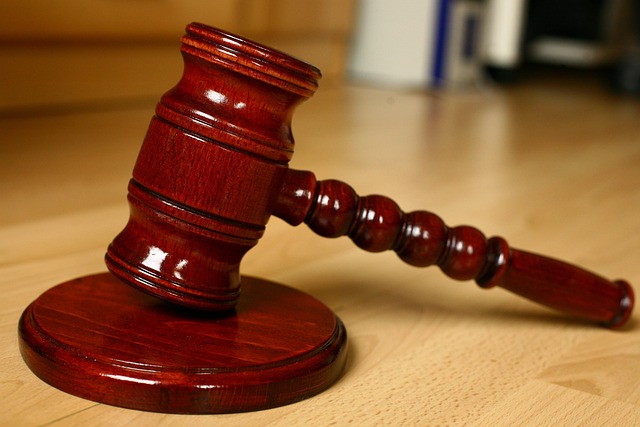
To prove slip and fall negligence, several types of evidence are required. The first step is to establish that an incident occurred and that it resulted in injuries. This can be achieved through personal accounts, witness testimonies, or even security footage if available. It’s crucial to document every detail, from the time and place of the accident to the specific conditions that led to the fall.
Once the incident is established, the next layer of evidence focuses on proving negligence. This involves demonstrating that the property owner or manager had a duty of care, breached that duty by failing to maintain a safe environment, and this failure directly caused the victim’s injuries. Medical records, expert opinions, and safety inspection reports can all be used as evidence to support these claims. In cases like nursing home abuse or homeowner insurance claims, understanding local regulations and policies regarding slip and fall incidents is essential to building a strong case.
Gathering and Presenting Compelling Evidence
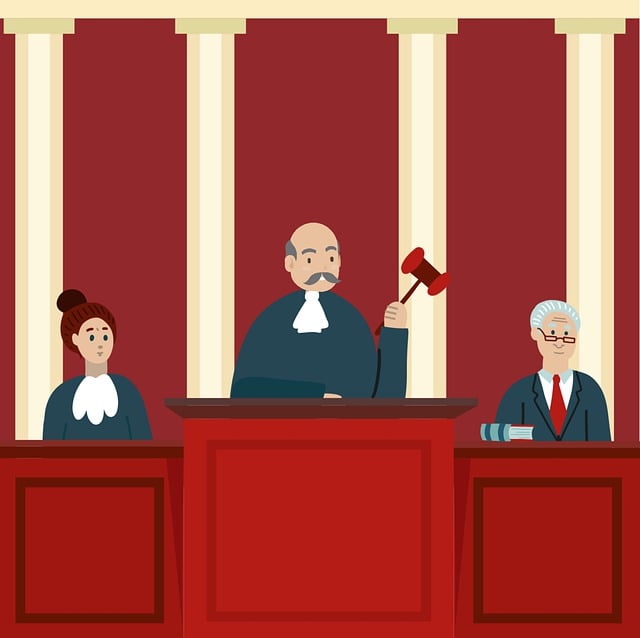
When pursuing a slip and fall negligence case, gathering compelling evidence is paramount to success. This involves meticulously documenting every detail of the incident, from taking photographs of the hazardous condition that caused the fall to obtaining witness statements from anyone present at the time. Medical records and expert opinions from qualified professionals can also significantly strengthen personal injury claims related to slip and fall accidents. These pieces of evidence not only establish the existence of negligence but also quantify the extent of damages suffered by the victim, thereby enhancing the case’s credibility.
In real estate litigation, where slips and falls may occur on property managed by landlords or property managers, ensuring that all evidence is properly preserved and presented can make a substantial difference in the outcome. Engaging the services of an accident attorney who specializes in these cases is often beneficial. They have the expertise to collect and present this evidence effectively, guiding clients through the legal process to secure just compensation for their injuries.
Winning a slip and fall negligence case requires a thorough understanding of legal principles and compelling evidence. By gathering and presenting strong proof of duty, breach, causation, and damages, plaintiffs can effectively navigate these complex cases. In terms of slip and fall negligence, having the right evidence makes all the difference in securing justice and fair compensation.


